By Eric T. Baker
The third game in the Strategic Command series from Fury Software for the PC is Strategic Command: WWII Pacific Theater. The previous SC games were set on the land in Europe and North Africa but contained fleet and air units to supplement the ground forces that were the focus. WWIIPT is focused on the fleet and air units, but contains ground forces as well. This is a big game that comes with a mega-campaign that starts the war on December 7, 1941, and lets it run until 1947 if needed, encompassing five major and 23 minor nations.
In addition to the mega-campaign the game also has eight mini campaigns focusing on single battles in the war, from Midway to Iwo Jima. Players are best advised to play at least a couple of these smaller campaigns first to get an idea of how the game works. There are 20 different unit types in the game and each is rated in 30 different characteristics. Units can be upgraded and things like their combat air patrol type can be set manually.
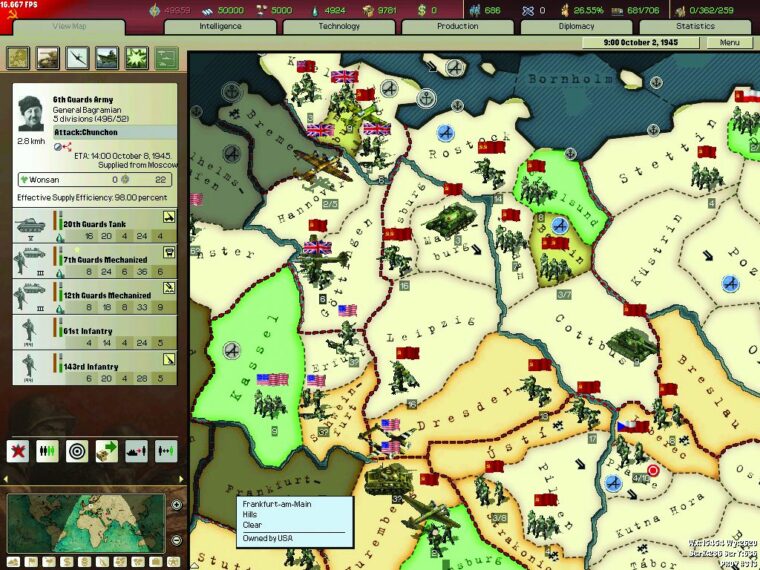
For all the it does well, and that includes the improved speed of the AI in directing the opposing forces, the thing WWIIPT lacks is the ability to zoom its maps in and out. Instead there is a smaller strategic map that shows what part of the Pacific the tactical map is displaying, but the need to scroll around to see what units the player has in the area instead of just being able to pull back and find out takes some getting used to. Still, these are the prices that gamers pay to have their favorite conflicts modeled at something more than the arcade level.
Speaking of strategic gaming in Europe, Paradox Interactive has released Hearts of Iron II: Anthology. This box contains the original game plus its two expansions, Doomsday and Armageddon. The three products together let the player model WWII from the 1930s until well into the 1960s as the game allows technology and diplomacy from the postwar era to develop in an ongoing “hot” war situation. Players who haven’t yet tried this series now have an easy and inexpensive way to pick up the complete thing.
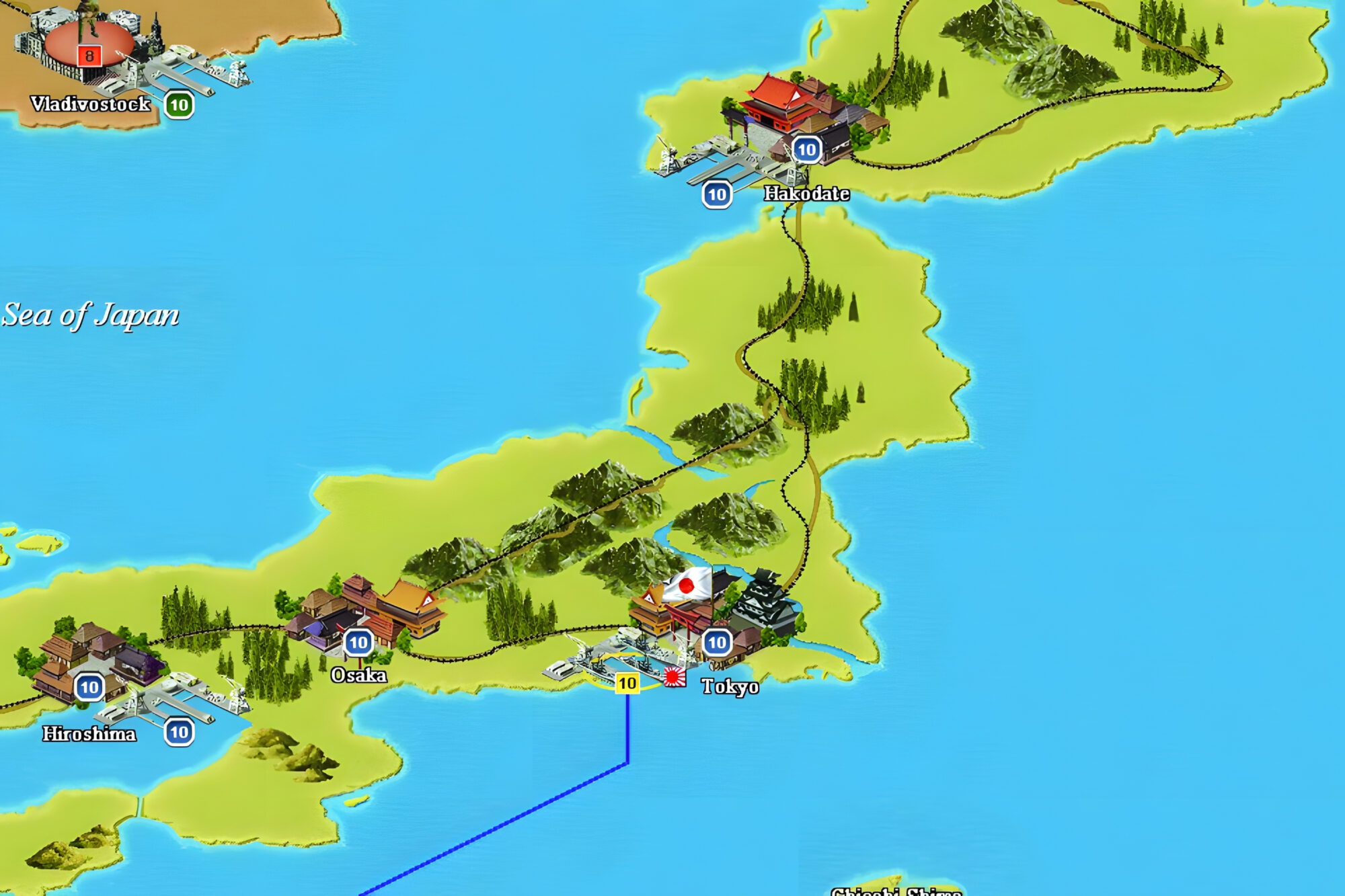
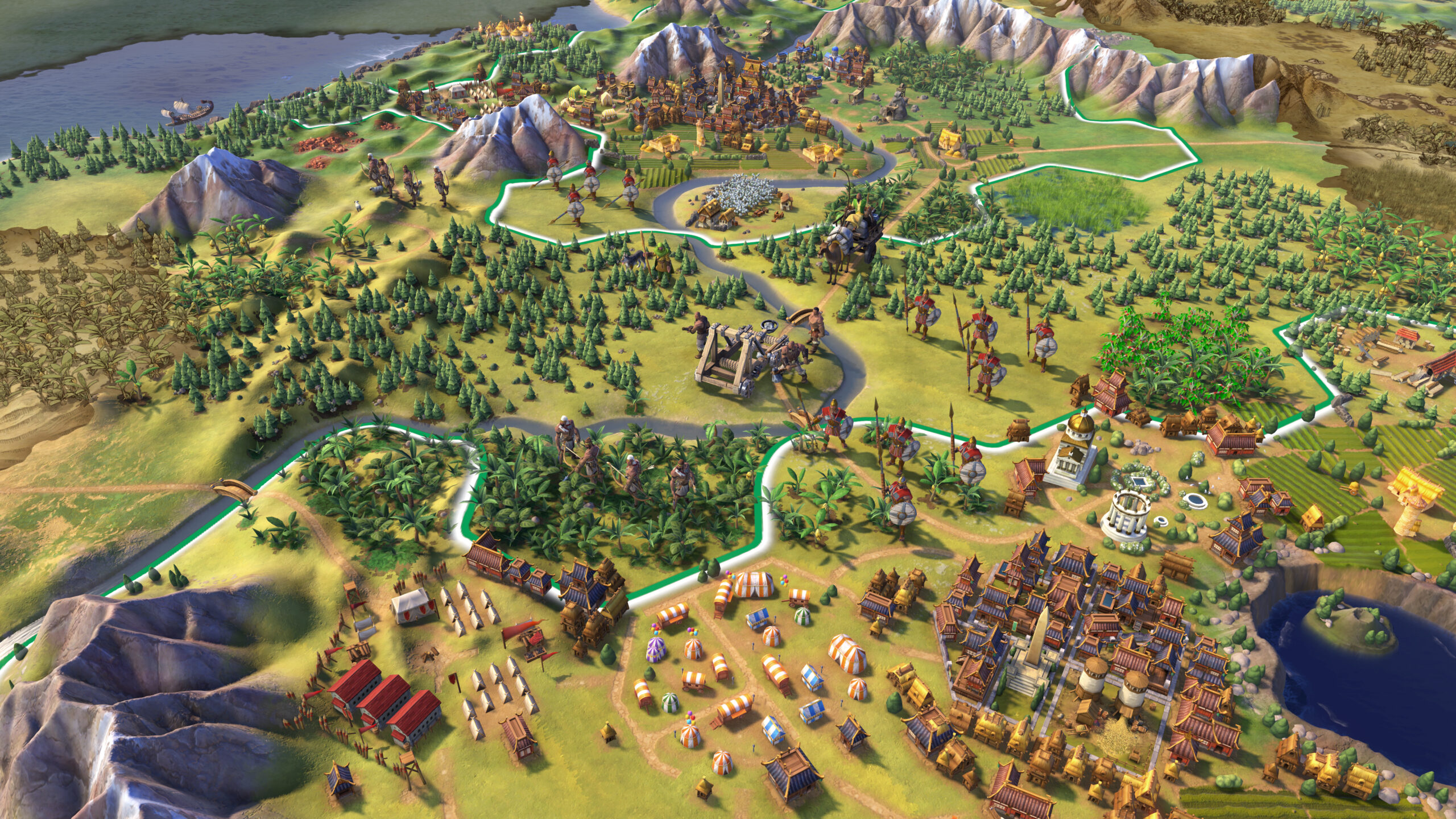
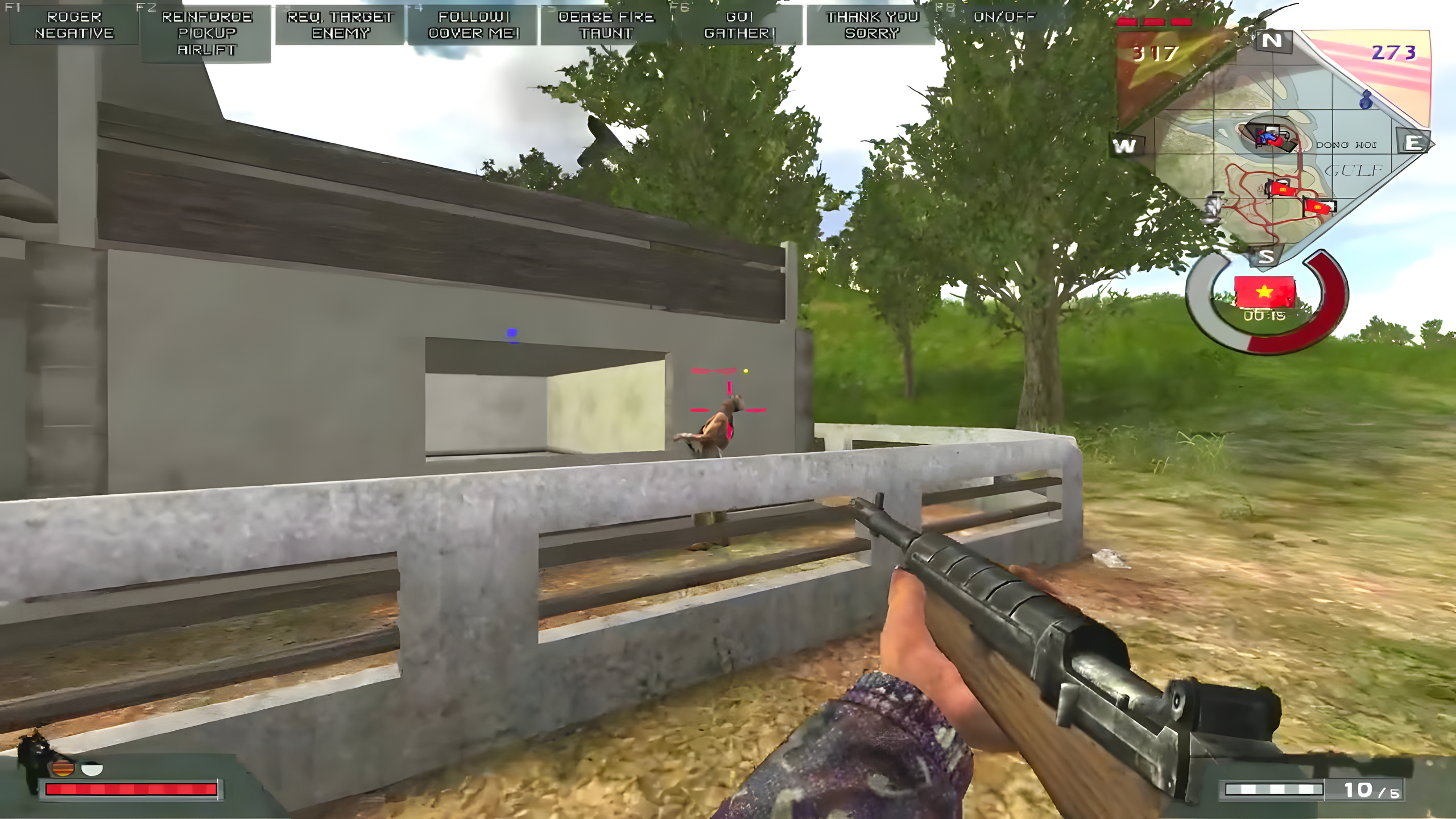
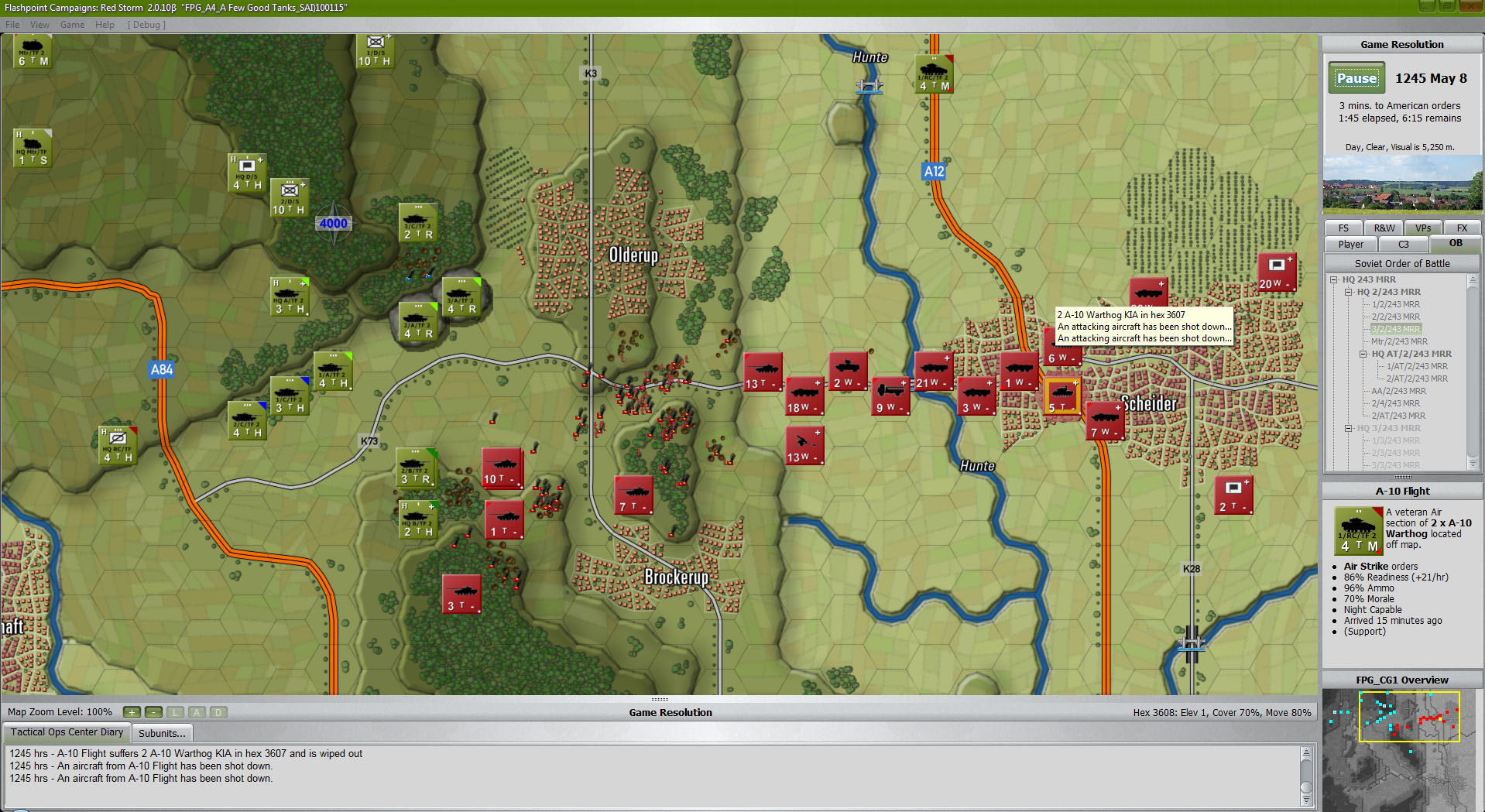
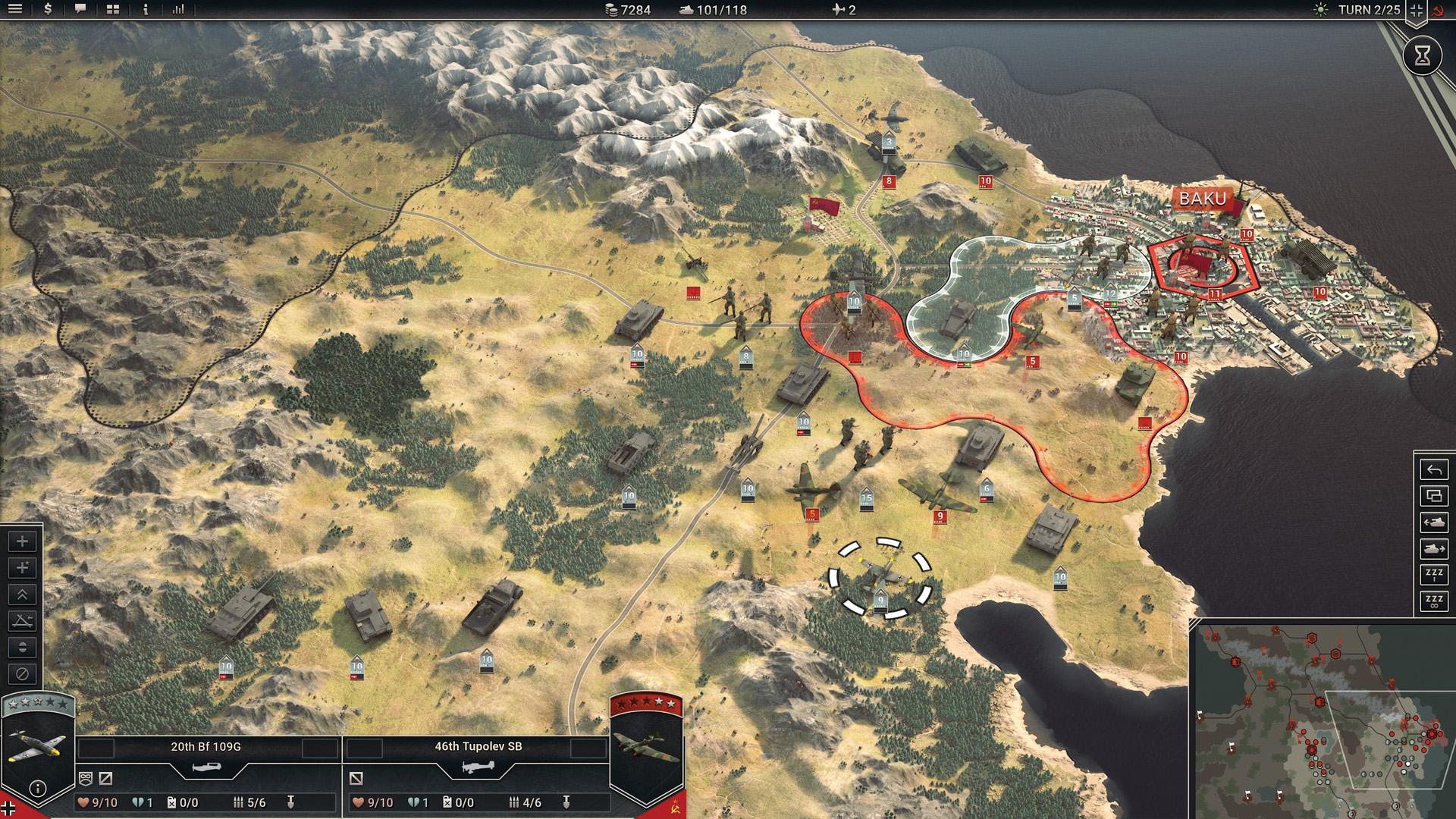
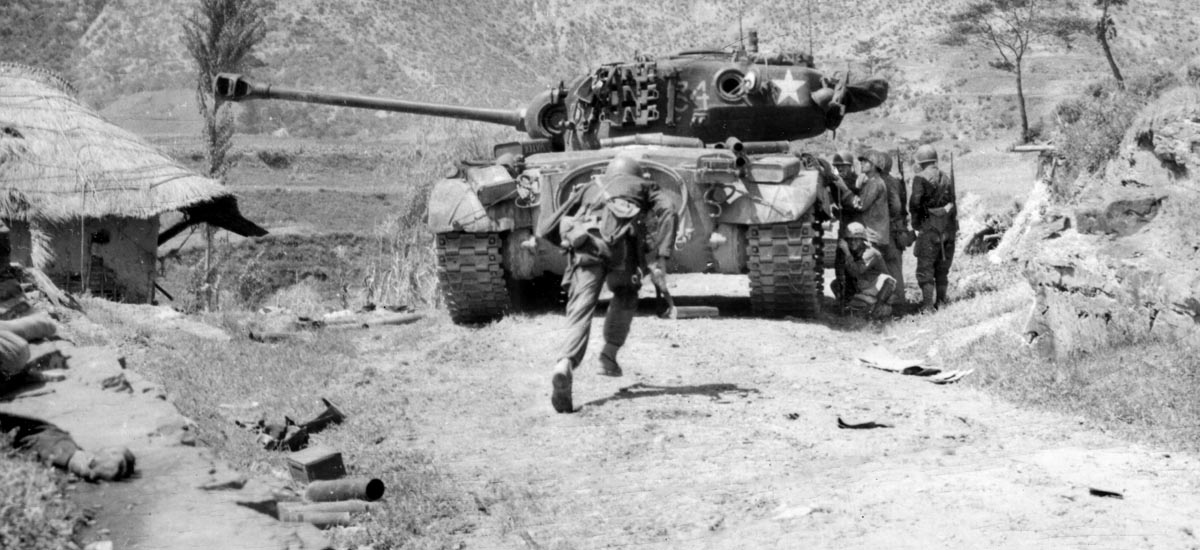
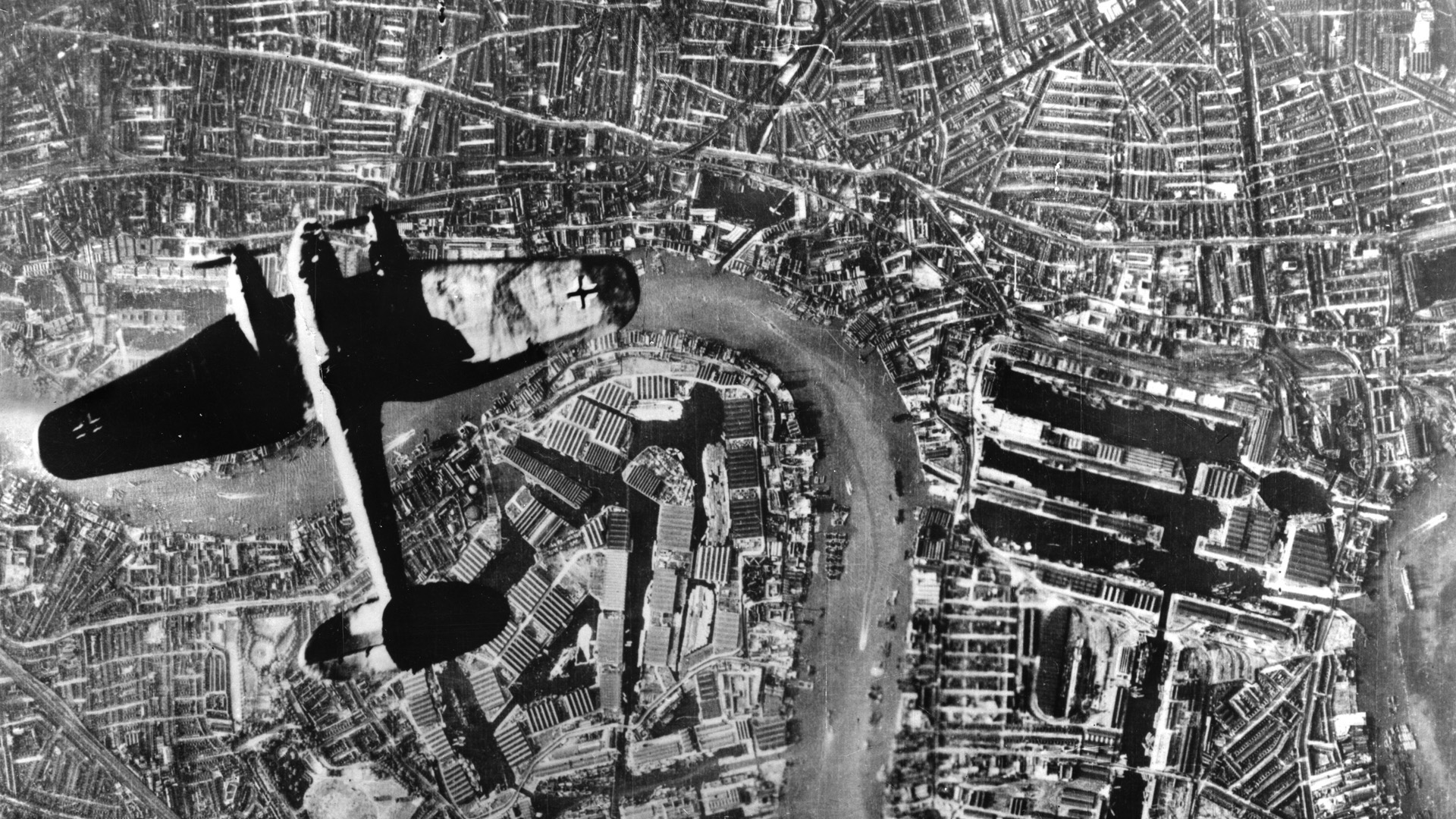
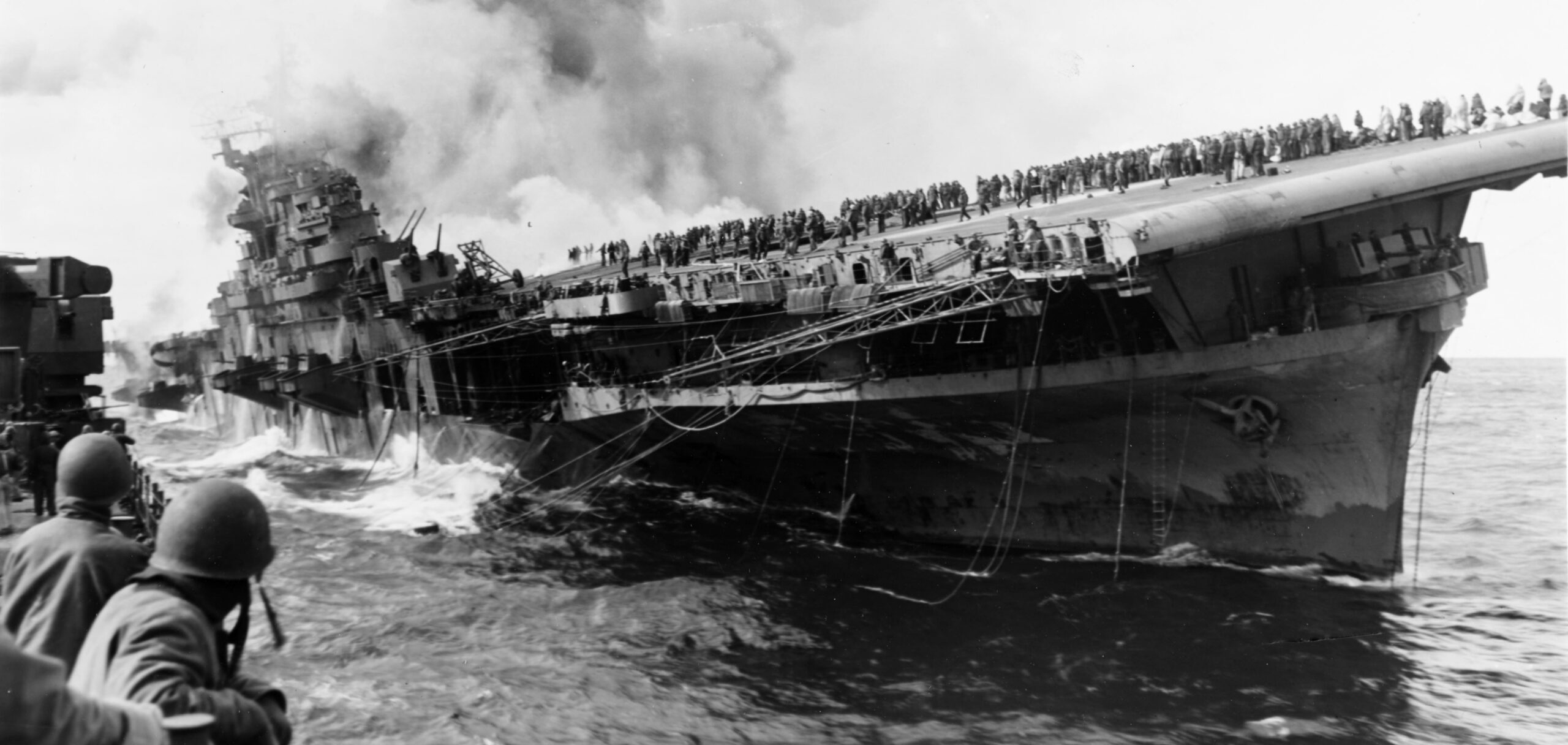
Join The Conversation
Comments
View All Comments